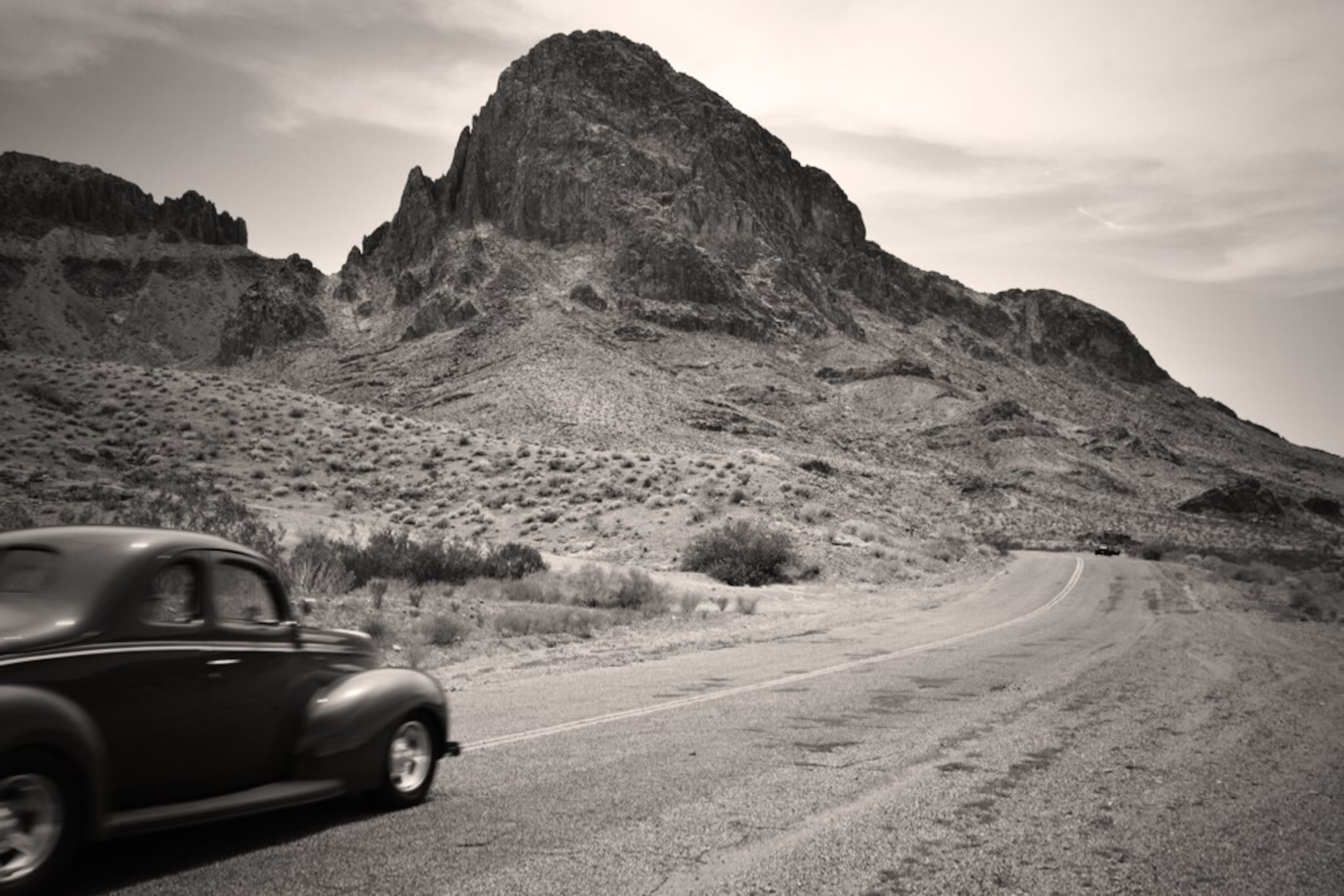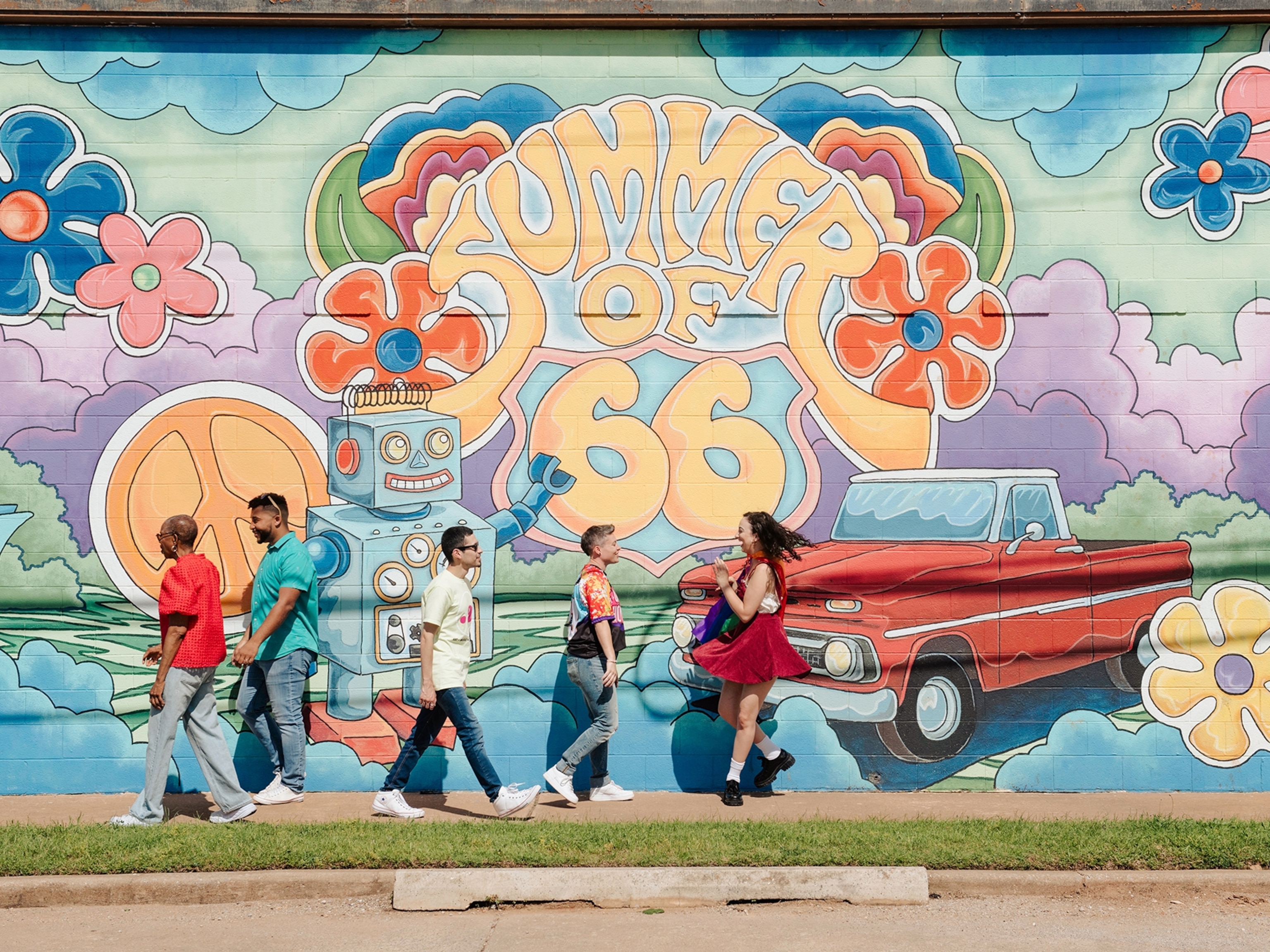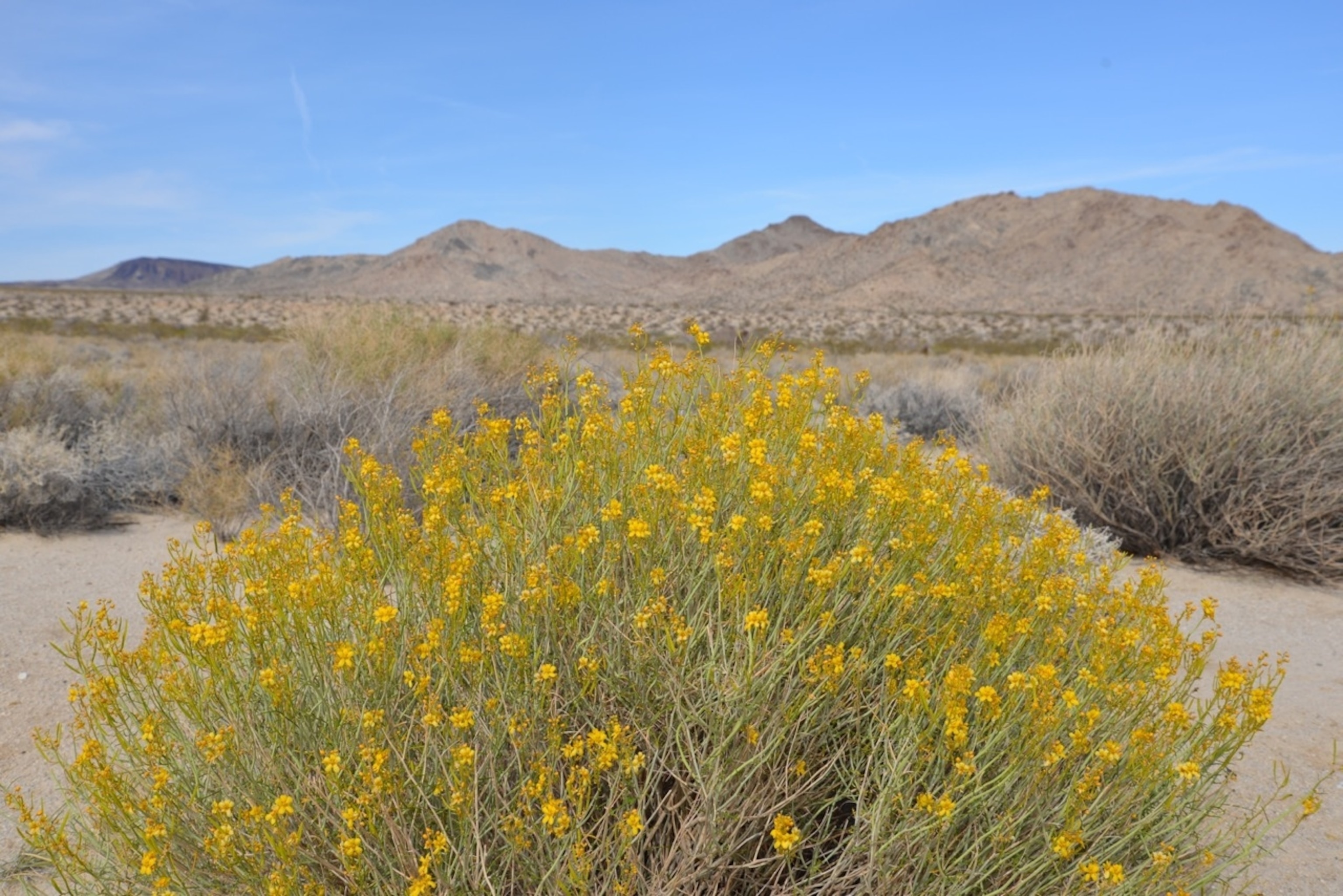
Route 66: Crossing the Mojave
In early May, the Colorado River separates Arizona from California with a painted stripe of transparent turquoise.
The blue water glowed in the sun and the black pavement on the bridge sent up waves of heat that felt pleasant at first, then oppressive. I had the whole desert to cross, but honestly, all I wanted to do was jump in the cool river and float away to Mexico.
The car thermometer told me it was 99˚ Fahrenheit outside, the road sign told me it was another 200 miles to civilization, and through the static, the AM radio told me that God loved me.
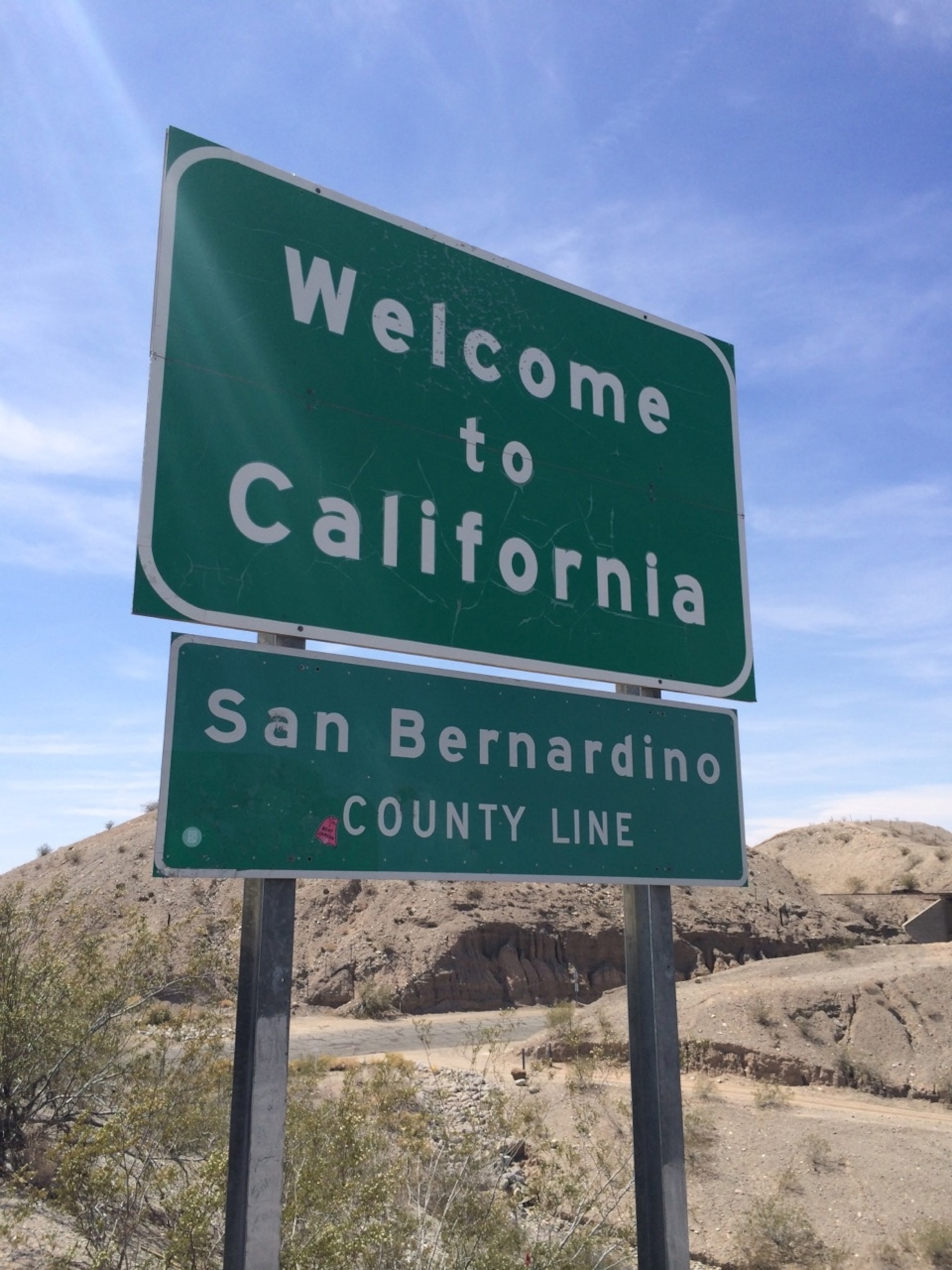
This was the home stretch of Route 66—the last few hundred clicks of my cross-country journey from Chicago to LA—but the Mojave Desert met me like a giant pause, the blank space on the page before that last sentence in a book.
The land was beige and slanted, with nothing but miles and miles of mesquite brush and sand that rose slowly to the nameless mountains. The unchanging landscape left me in a state of suspended animation, as if I was only half-awake in a sofa chair and watching some Saturday morning infomercial and not doing eighty down the rumbling highway. Every half-hour, a train would pass on the horizon—containers and boxcars and oil tanks floating single-file in the sand.
A hundred miles in, I parked the car on the overpass and stood against the guardrail, watching the tide of trucks and Subarus flowing down I-40 towards Los Angeles. I wondered how many of those motorists knew they were following in the footsteps of a camel caravan. When explorer Kit Carson first crossed this impossibly dry place, he thought camels might help. The idea worked its way into the military, and the United States Camel Corps was born. From the Texas panhandle, the camels traveled, working their way across the driest part of America’s southwest, tracing a path that became the Great Trail, which then became Route 66, which then became United States Interstate 40.
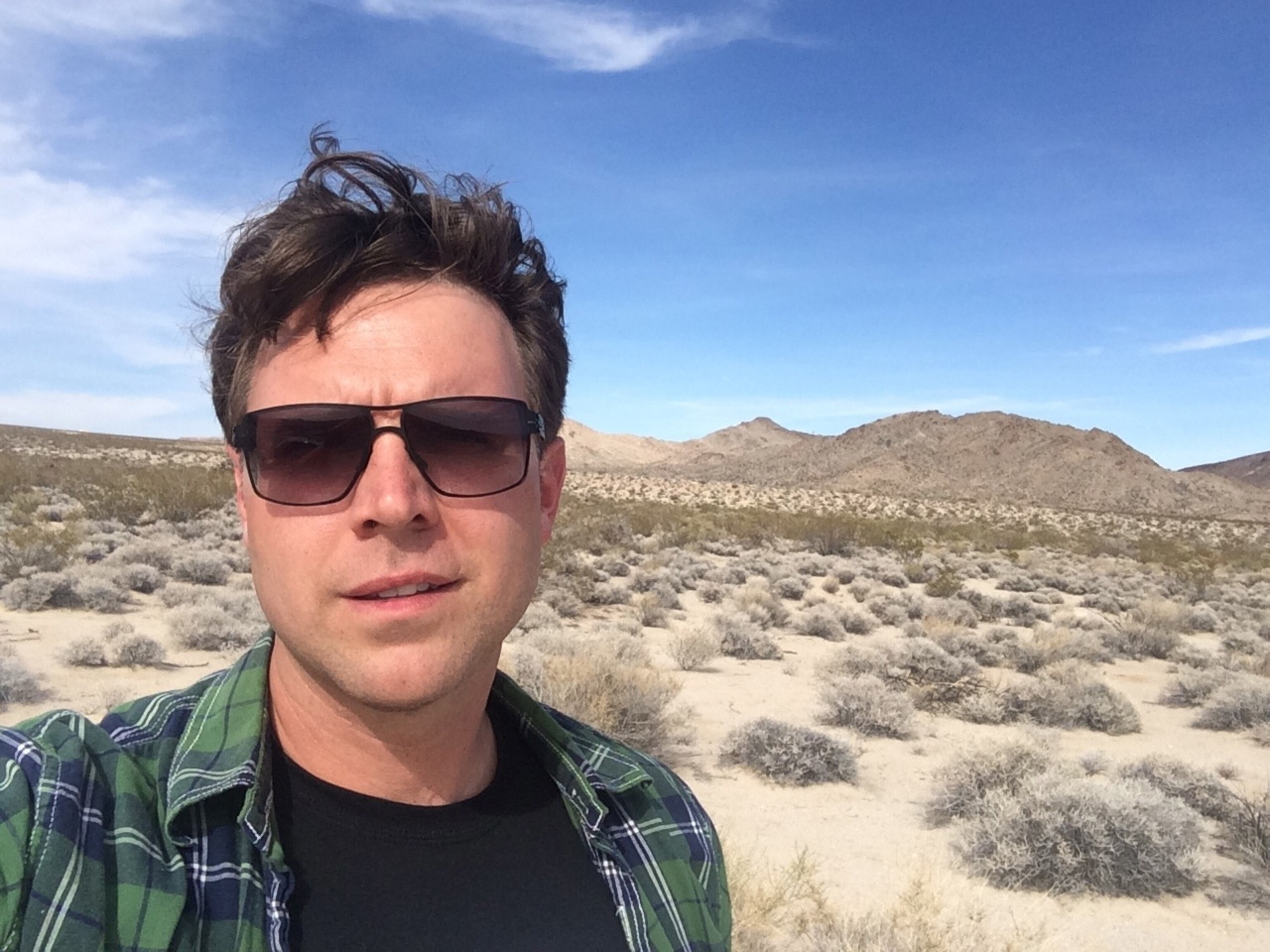
- National Geographic Expeditions
All travel is evolution, whether we’re the pathfinders in the desert or the Spring Breaker who follows a century later—the best roads grow wider and bring more and more travelers.
The Mojave Desert has not been kind to old Route 66. Although sections of the original road remain open, angry orange signs shout, “Rough Road Ahead”, followed by ten-mile stretches of pockmarked asphalt that shook me so hard, I checked the car for loose screws. From time to time, the old Route 66 emblem pops up like an apparition—a friendly but ghostly reminder that the road is still here and I am still on it. After three weeks of driving, I am still traveling the Mother Road to its final end on America’s long western coast.
Barstow came and went, and when I crested the Cajon Pass, the lights came on and the desert lit up like a control panel. The electric city surrounded me, but I stayed on the old road until I couldn’t anymore; until the sign said, “Road Closed” and I was forced onto the ramp that led me into the river of sixteen-lane traffic that flowed down into San Bernardino.
